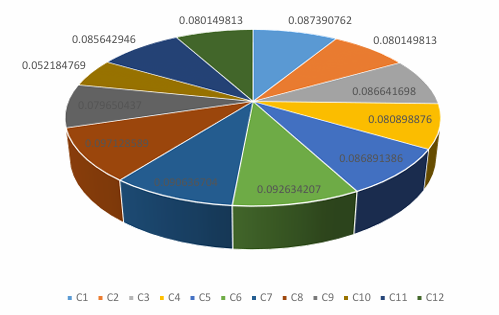Improving Teaching Quality Assessment in Smart Classrooms for English Majors: An Integrated Double-Valued Neutrosophic Decision-Making Model
Keywords:
MADM; DVNSs; TOPSIS approach; Smart classroom teachingAbstract
The evaluation of multimedia-based college English teaching aims to assess the
impact of multimedia technology on teaching quality and student learning outcomes. With
the introduction of multimedia, classroom interactivity is enhanced, and students' interest
and engagement are increased. Additionally, multimedia provides more opportunities for
self-directed learning, helping students reinforce knowledge outside the classroom. However,
the evaluation must focus on the alignment of technology with teaching objectives and
whether the use of multimedia truly improves students' language skills and classroom
efficiency. The evaluation of smart classroom teaching quality for English majors in
universities is a multi-attribute decision-making (MADM) problem. Recently, methods such
as the TOPSIS approach have been applied to tackle these challenges. Double-Valued
Neutrosophic Sets (DVNSs) are used to represent fuzzy data in the evaluation process. In this
study, a Double-Valued Neutrosophic Number TOPSIS (DVNN-TOPSIS) approach is
proposed to address MADM problems involving DVNSs. Finally, a numerical case study on
the quality evaluation of smart classroom teaching for English majors is provided to
demonstrate the effectiveness of the DVNN-TOPSIS approach.
Downloads

Downloads
Published
Issue
Section
License
Copyright (c) 2024 Neutrosophic Sets and Systems

This work is licensed under a Creative Commons Attribution 4.0 International License.






